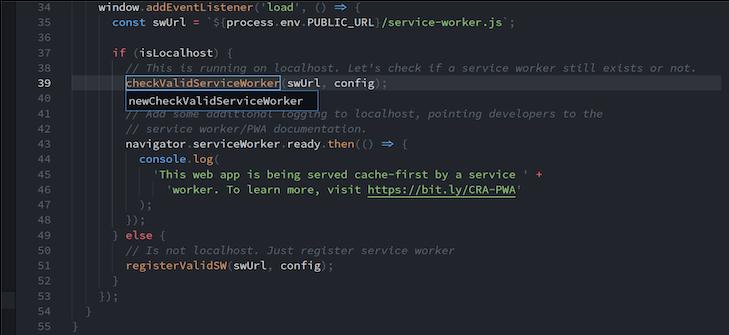

- #VISUAL STUDIO INTEGRATED TERMINAL CHANGE BACK TO CMD INSTALL#
- #VISUAL STUDIO INTEGRATED TERMINAL CHANGE BACK TO CMD WINDOWS 10#
- #VISUAL STUDIO INTEGRATED TERMINAL CHANGE BACK TO CMD CODE#
- #VISUAL STUDIO INTEGRATED TERMINAL CHANGE BACK TO CMD PLUS#
Go ahead and add something in the like a heading and save it.
#VISUAL STUDIO INTEGRATED TERMINAL CHANGE BACK TO CMD CODE#
You can use an Emmet shortcut to generate an HTML5 skeleton in VS Code by pressing the ! key followed by Tab key. Next, add a bit of content to your index.html file. Then, click the check icon to perform the commit.Īfter doing so, you will notice that are no pending changes. To commit your changes, type a commit message into the input box at the top of the Source Control panel. A represents a new file that has been added to the repository. Once added, the letter next to the file will change to an A.
#VISUAL STUDIO INTEGRATED TERMINAL CHANGE BACK TO CMD PLUS#
You can now click the plus icon ( +) by the index.html file listing to track the file by the repository. U stands for untracked file, meaning a file that is new or changed, but has not yet been added to the repository: Now that the repo has been initialized, add a file called index.html.Īfter doing so, you’ll see in the Source Control panel that your new file shows up with the letter U beside it. To do this, use the terminal to navigate to your project directory and list all of the contents: If you now check your file system, you will see that it includes a. Select the preferred project directory and click Open. This will open up your file explorer to the current directory. In your terminal, make a directory for a new project and change into that directory:Īnother way to accomplish this with Visual Studio Code is by opening up the Source Control tab (the icon looks like a split in the road) in the left-side panel: You can open this by using the keyboard shortcut CTRL + ` on Linux, macOS, or Windows. Open Visual Studio Code and access the built-in terminal. The first thing you need to do to take advantage of source control integration is initialize a project as a Git repository. Step 1 - Familiarizing with the Source Control Tab

Installing the plugin is not as straight forward as it might seem, and there are multiple options available to you. I am using the OSGEO installation of QGIS, that comes with both ltr and dev versions of QGIS.
#VISUAL STUDIO INTEGRATED TERMINAL CHANGE BACK TO CMD INSTALL#
In principle you just pip install ptvsd in the python interpreter used by QGIS. The debugvs plugin needs the python module ptvsd to function.
#VISUAL STUDIO INTEGRATED TERMINAL CHANGE BACK TO CMD WINDOWS 10#
A windows version inspired by this lovely gist: Debugging QGIS 3.x python plugins on Windows 10 using VS Code Plugin


 0 kommentar(er)
0 kommentar(er)
